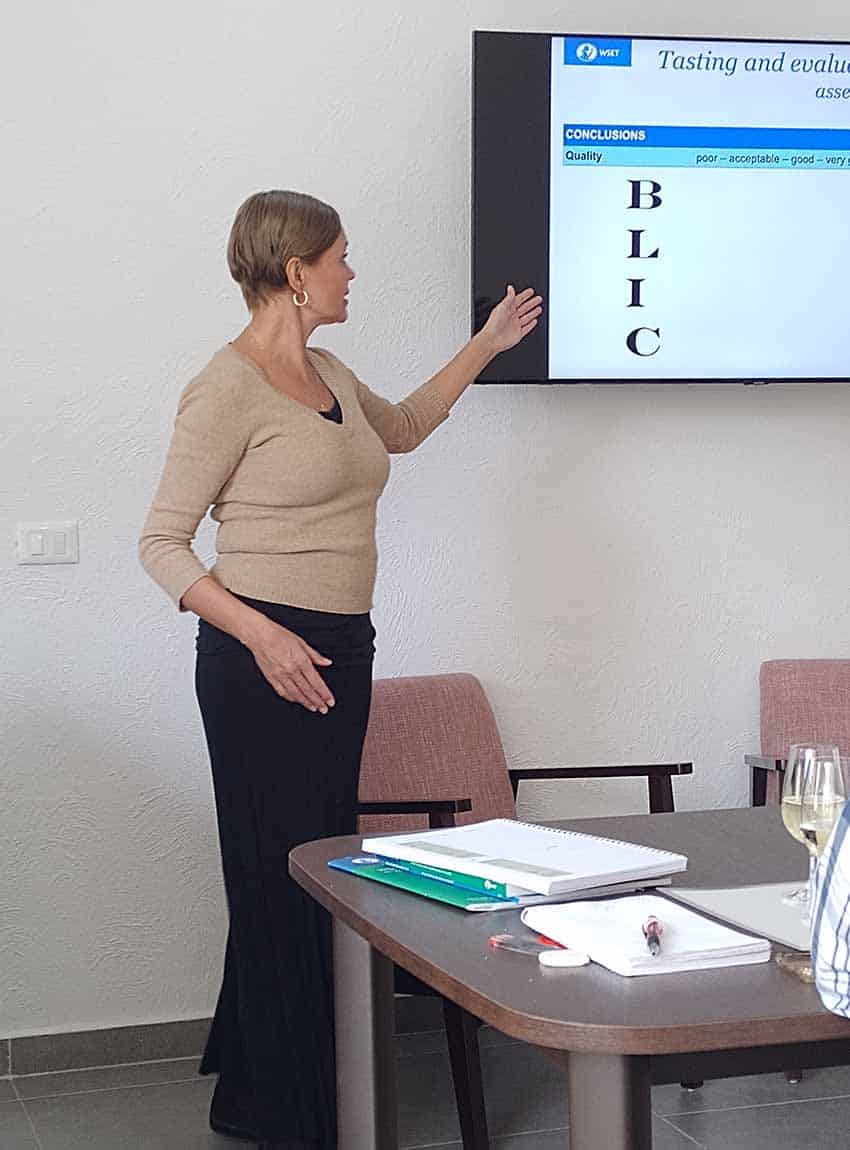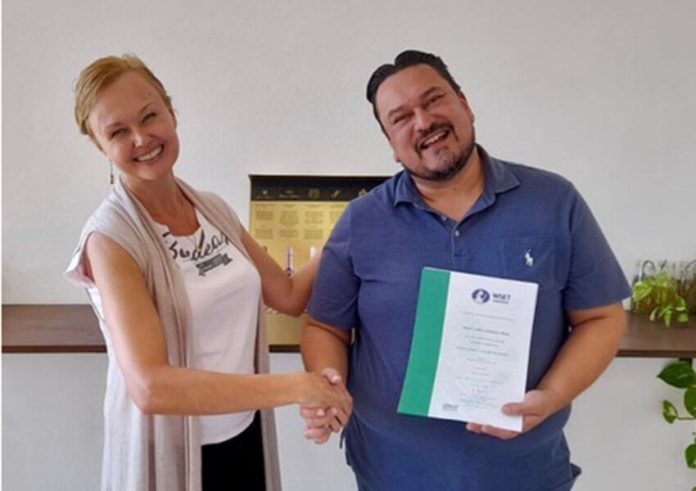Despite having at least three major regions to produce wine grapes, Mexico is not historically a wine-drinking country. This is probably because Spain’s King Charles II forbade wine production in Mexico in 1699 to all but the Catholic Church.
This, and the prevalence of agave, meant that Mexico’s preferred drink for centuries would be mezcal and tequila.
A wine industry did grow in Mexico in the 20th century, and by the end of the 1900s, Mexican vintages, especially from Baja California, had gained international recognition.
However, in Mexico, the pursuit of fine wine is still a nascent interest – though growing. In the past decade, wine consumption in Mexico has doubled, although it is still less than a liter per capita, way under the more than 50 liters a year drunk in countries like Portugal.
Production of good wine requires relatively few people to know how to make it, but its consumption requires a populace educated in selecting the right wine for their tastes and food. Many Mexicans try wine not knowing what they like or, even worse, get wine damaged by poor handling or storage. This can lead people to believe that they do not like wine.

Mexico’s interest in finding good wines is driven by three factors: the first is pride in Mexico’s native wines. The second is the tourism and entertainment industry, especially those businesses catering to upscale clientele. The last is that there is a growing segment of Mexicans who can afford the still relatively expensive passion.
Kami Lee Robb worked in the Canadian wine industry for decades and decided to up and leave Canada with her daughter in 2018 after losing a job. Her experiences working as a sommelier in Mexican cities made her realize that wine appreciation classes, common in Canada, are almost unheard of in Mexico. Wine knowledge in Mexico is better than in the past, but there is still much to do, Robb said.
She came to Puerto Vallarta with some inkling that certain Mexican businesses would benefit from wine training, but she assumed that, at least initially, her main clientele would be snowbirds and other foreigners there. It turned out this community was more than happy with margaritas and beer, so the city’s hotels and restaurants quickly became her base.
In Canada, she worked for many years with an English institution called the Wine and Spirit Education Trust (WSET), which has a presence in 70 countries but not in Mexico. Robb navigated the organization’s strict standards and the Mexican legal hoops to officially found Vino Vallarta and offer students internationally recognized certifications.
Her business has two main bases of operations: one in Vallarta and one in Mexico City.
In Vallarta, many of her students are upscale restaurant, hotel and resort employees who need to be able to recommend wines for guests. Many companies pay for the classes as good wine has a better profit margin and more prestige than either tequila or beer. Robb feels she is helping students with their careers, teaching them a valuable and still-rare skill.

The business’s other location is near the World Trade Center in Mexico City and partners with Mexican wine aficionado Oscar Lagos Zepeda, who himself is an alum of the school and owns his own wine-related business. In Mexico City, the clientele is quite different, mostly lawyers, engineers and other professionals who have found a passion for wine. One of the company’s goals is to reach out to corporate clients in the capital as many major importers and retailers have headquarters here.
While she’s expanded greatly since opening in 2018, it has had its bumps in the road. Robb’s business was set to take off when the pandemic hit. She suddenly could not give in-person classes.
But a little ingenuity, luck and liberal Mexican laws saved the day. She found a way to do classes online. Getting wine samples to clients turned out not to be a problem since Mexico allows the shipping of wine samples after Robb repackages them. Try doing anything like that in the United States or Canada!
Her business is not the first to offer wine education in Mexico. There are others such as Uncork Mexico, but they tend to focus strongly on Mexican wines. Robb’s focus is international, and often her tastings and classes do not have Mexican vintages. This is important as Mexico still produces only 30% of the nation’s domestic consumption, and wine is often attractive to those with an international worldview.
Per WSET rules, Robb can teach only in English, but she is amazed at how well students in both Puerto Vallarta and Mexico City are able to follow her in this language. And she now has two associates — Ralf Oliver Boschofsky and, soon, Balam García — to teach in Spanish in Mexico City.
Mexico has been very good to both her and her daughter, Robb says. She hopes to leave Vino Vallarta to her someday. And Robb has partnered with exceptional associates who share her passion for wine and have administrative and other skills that she lacks.

However, she has not completely decided to stay in Mexico, feeling a call to Europe, at least for a time.
But, she says, “Mexico will always have a part of my heart.”
Leigh Thelmadatter arrived in Mexico 18 years ago and fell in love with the land and the culture in particular its handcrafts and art. She is the author of Mexican Cartonería: Paper, Paste and Fiesta (Schiffer 2019). Her culture column appears regularly on Mexico News Daily.
